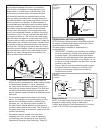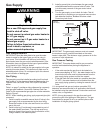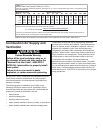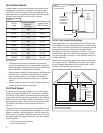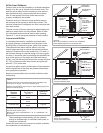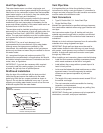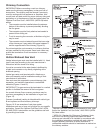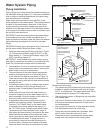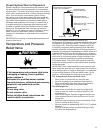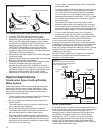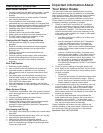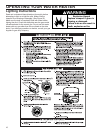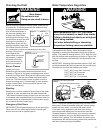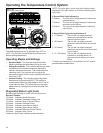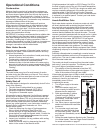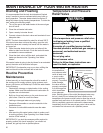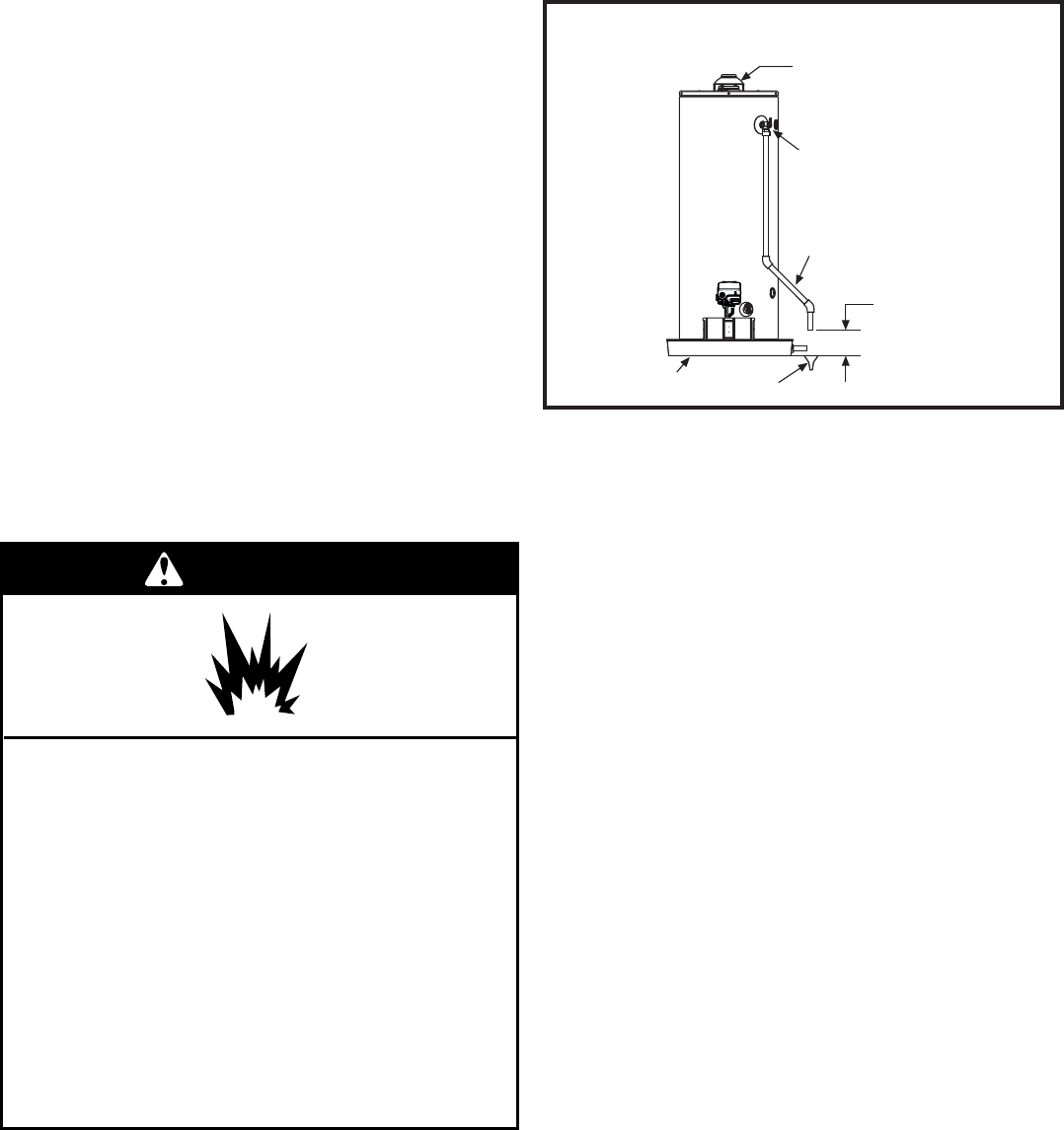
13
Closed System/Thermal Expansion
Periodic discharge of the temperature and pressure relief
valve may be due to thermal expansion in a closed water
supply system. The water utility supply meter may contain a
check valve, backflow preventer or water pressure reducing
valve. This will create a closed water system. During
the heating cycle of the water heater, the water expands
causing pressure inside the water heater to increase. This
may cause the temperature and pressure relief valve to
discharge small quantities of hot water. To prevent this, it
is recommended that a diaphragm-type expansion tank
(suitable for potable water) be installed on the cold water
supply line. The expansion tank must have a minimum
capacity of 1.5 U.S. gallons for every 50 gallons of stored
water. Contact the local water supplier or plumbing
inspector for information on other methods to control this
situation.
IMPORTANT: Do not plug or remove the temperature and
pressure relief valve.
Temperature and Pressure
Relief Valve
Drain Pan
Drain
6” Maximum
Discharge line 3/4” maximum
Do not cap or plug
Temperature and
Pressure Relief Valve
Figure 15A
Temperature and Pressure
Relief Valve Installation
Optional location
some models only
For protection against excessive pressures and
temperatures, a temperature and pressure relief valve must
be installed in the opening marked “T & P RELIEF VALVE”
(see Figure 15A). This valve must be design certified by
a nationally recognized testing laboratory that maintains
periodic inspection of the production of listed equipment or
materials as meeting the requirements for Relief Valves and
Automatic Shut-off Devices for Hot Water Supply Systems,
ANSI Z21.22. The function of the temperature and pressure
relief valve is to discharge water in large quantities in the
event of excessive temperature or pressure developing
in the water heater. The valve’s relief pressure must not
exceed the working pressure of the water heater as stated
on the data plate.
IMPORTANT: Only a new temperature and pressure relief
valve should be used with your water heater. Do not use an
old or existing valve as it may be damaged or not adequate
for the working pressure of the new water heater. Do not
place any valve between the relief valve and the tank.
The Temperature & Pressure Relief Valve:
• Must not be in contact with any electrical part.
• Must be connected to an adequate discharge line.
• Must not be rated higher than the working pressure
shown on the data plate of the water heater.
The Discharge Line:
• Must not be smaller than the pipe size of the relief
valve or have any reducing coupling installed in the
discharge line.
• Must not be capped, blocked, plugged or contain any
valve between the relief valve and the end of the dis-
charge line.
• Must terminate a maximum of six inches above a floor
drain or external to the building.
• Must be capable of withstanding 250°F (121°C) without
distortion.
• Must be installed to allow complete drainage of both
the valve and discharge line.
Explosion Hazard
If the temperature and pressure relief valve
is dripping or leaking, have a qualified
person replace it.
Examples of a qualified person include:
licensed plumbers, authorized gas company
personnel, and authorized service
personnel.
Do not plug valve.
Do not remove valve.
Failure to follow these instructions can
result in death, or explosion.
WARNING



